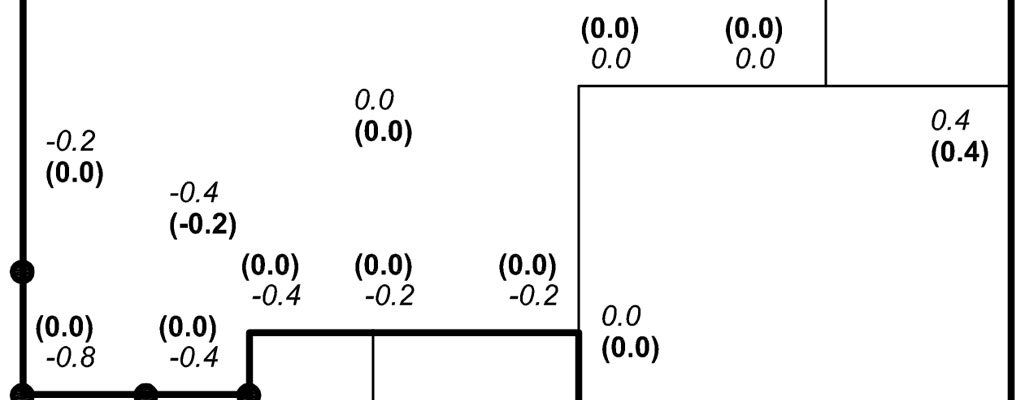The Situation
The structural engineers at Crosstown Engineering were hired to inspect a house built in 2014 that had very little differential throughout the home. So why would a brand new home need a home inspection?
Analysis
As you can see in the attached report, the pre-repair elevations had a localized deflection in the floor elevations. Those elevations correlated with cracking in the walls and ceiling in that area of the home. In order to minimize cost, no interior piers were proposed.
Without a professional looking at the home with a device that measures the overall differentials within the home, the homeowner may not have known what the cause of the cracks were. Some engineers and contractors may use a 4’ level to assess a foundation, but in our experience, when repairs are based off of readings with a 4’ level, they are not performed as they should be.
Elevation readings provide a snapshot in time and are very helpful when used in conjunction with a timeline of elevations. This way, we can see how the foundation moves over seasons, months and even years. During rainy months, elevations tend to be a little higher than in dry months because the soil has “heaved” or “expanded” after rains, and “shrinks” or “settles” during dry months, causing the elevations to move around.
Solution
As you can see, this area recovered its elevations where the pilings were installed. Its not always possible to bring the elevations up this far, but in this case it was possible.

